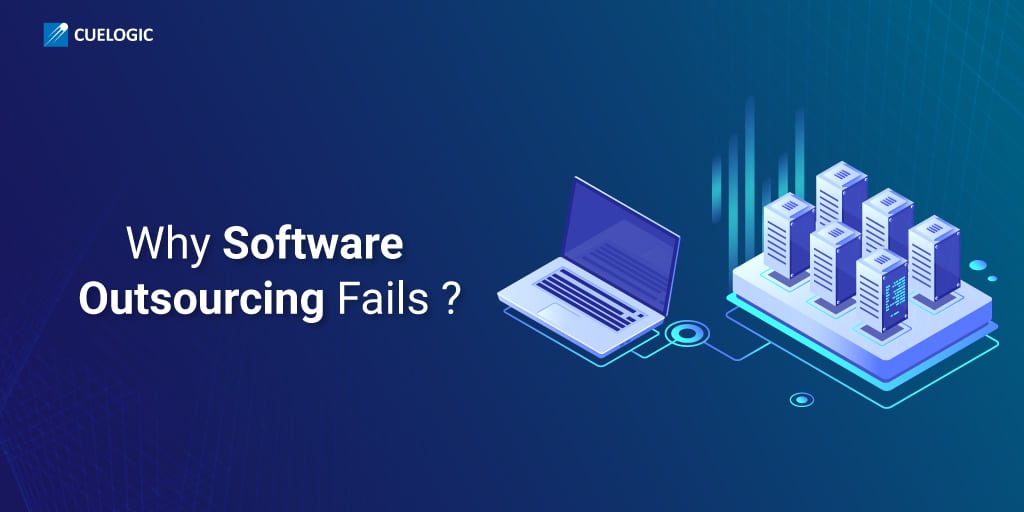Software outsourcing addresses the very common problem of wanting to develop an app but not having the expertise or capital to do and thus having it outsourced to cost-efficient developers overseas. While the idea is a great way to get your app up and running with minimal investment, it’s often easier said than done. People often say outsourcing hasn’t worked for them because the development team was inefficient at its job and the final outcome wasn’t what they had hoped it would be. While there are some shortcomings in taking this approach, nearly all of them can be avoided entirely. This article will explain the problems people usually face when outsourcing their software product development and how they can be avoided.
Choosing the Least Expensive Option
While software outsourcing is a great cost-effective way of having your app or software built, it shouldn’t be centred around keeping costs to a minimum as paying average wages often produce sub-par outcomes and further re-tinkering would lead to additional overheads and disappointment. If quality is the primary interest, the customer must invest in a quality service when they outsource software development. It’s always a better idea to invest a little more in a quality product than to commission something cheaply only to find that the end result is barely functional at best.
Lack of flexibility
People often make the mistake of not being flexible enough with the scope of their project. When you’re investing in a quality product, you need to allow for some flexibility because the project might not turn out as expected if you skip it. There are hundreds of variables that could affect the code and prevent it from working as it should and such bugs can only be avoided if flexibility is allowed. Using Sprints, the smallest shippable version of a product that can be made live, each part of the project that is delivered can be tested to weed out bugs. Everyone prefers their teams to be Agile, but forget that flexibility is an integral part of it.
Lack of Clarity
A lot of clients looking to outsource software development lack clarity about what they want and this almost always leads to disappointment with the deliverables. It is important to know what you expect and convey that to your development team so they get a clear idea of what is expected and how to work towards it. Detailing the objective of the project, the high-level features that are expected, and the impact it is expected to have on the company in a document will ease a lot of problems that are associated with a lack of clarity on the customer’s part.
Technical Cost
Compromising on the budget for development in the short term might seem like a good way to cut costs. This, however, quickly turns into a nightmare in the long run as the code is poorly structured and not scalable product. Clients must insist on clean code that is future-proof and easily scalable. A good product might be a little more expensive than the cheaper options, but the upfront investment is worth it in the long run because the code will be easier to maintain and upgrade.
Having the Correct Attitude
Outsourcing software development should be thought of as a marriage between you and the development team so both of you can acknowledge each other’s requirements and work together to create the best possible result. Other than the initial development requirements, the code might need to be tailored to perfection based on customer feedback. A good product is a continual commitment and doesn’t stop with the initial deliverable. Having the right attitude and thinking long term goes a long way.
The Sales Trap
People find themselves estimating the cost of a project to be around $100,000 but hope they can save on it. This is the path to failure. A project that is estimated to cost that much will end up costing just as much, unless quality is compromised. There is no other way to ‘save’ on it. A lot of salespeople without technical insight often don’t understand what the project really entails and the true cost of developing exactly what the client conceptualized and will offer it to you at $50,000. This miscommunication leads to dissatisfaction with the end product and regret. Therefore, it is imperative that you pay attention to the technical pitch and not the sales pitch when you outsource software development.
Conclusion
In summary, when a client decides to outsource software development, he must keep the following in mind:
- That spending more on a quality development team is an investment that will pay off in the long run.
- Flexibility is an indispensable part of Agile methodology and needs to factor into the development process.
- Have a clear idea of what you expect and work with the team to communicate exactly what is expected of them.
- Avoiding technical debt by using Sprints that ensure that every part of the code is bug-free and ready to go live from the get-go.
- Looking at it as a long-term investment is critical, so that you can fine-tune the initial deliverable to perfection and not just settle with a product that isn’t smooth around the edges and has imperfections that could affect the appeal and impact of your app.
- The sales pitch can be misleading as salespeople often don’t understand the intricacies of the project and what it demands. Pay heed to the technical pitch to get insight into what the project involves.
These are the most common problems clients face when they outsource software development and as detailed above, they are issues that can be easily dealt with by simply choosing the right service, and thinking of it as a long-term investment. Quality comes at a price and it’s always worth it.
